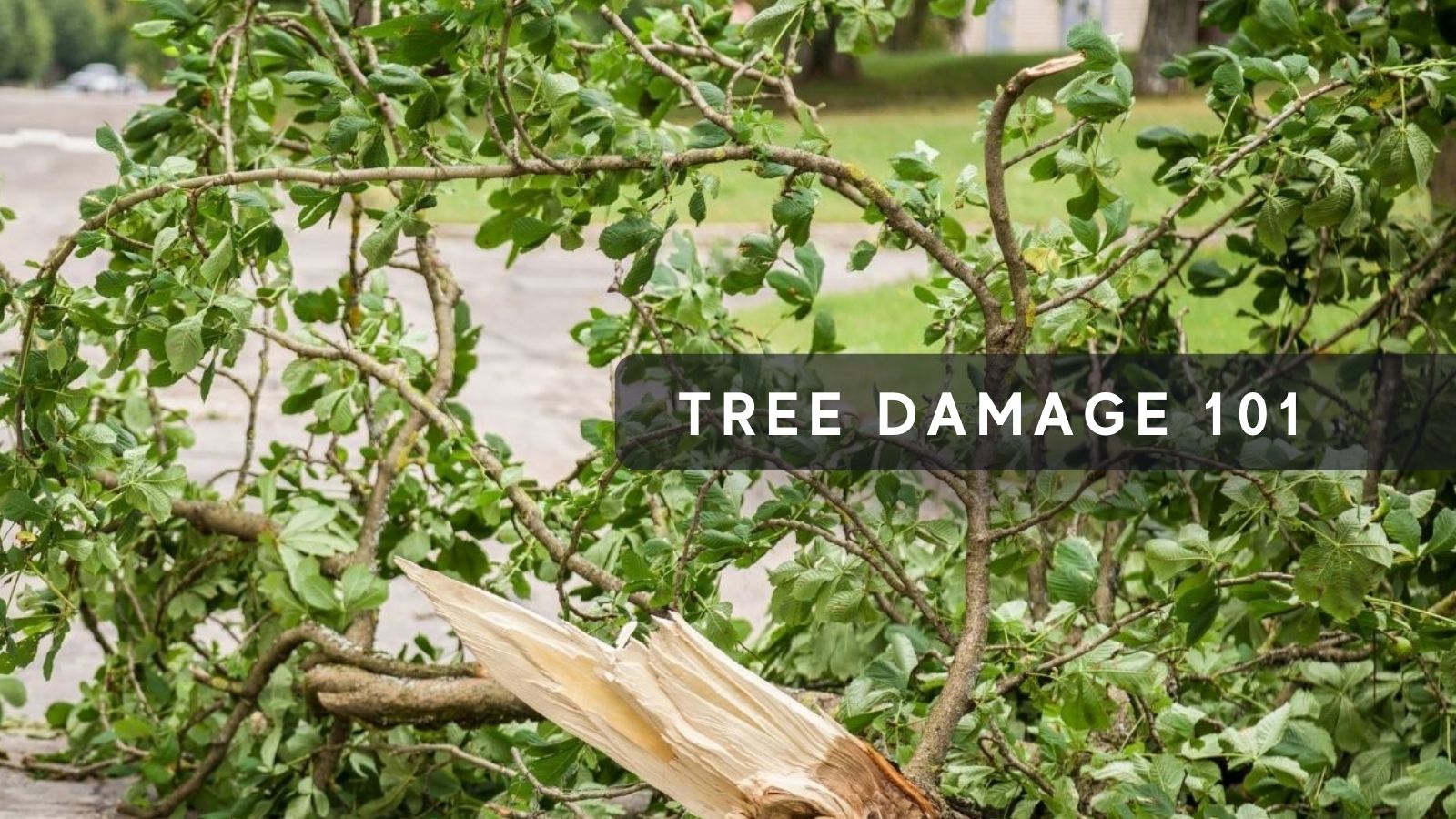
I was struggling for a topic to write my blog post about this month. I am not sure why, but I was, and I made the mistake of reaching out to friends on social media to generate some ideas. That resulted in a barrage of suggestions, many from friends in the insurance industry who are clearly tired of hearing the same questions over and over again.
One suggestion seemed especially timely this week. An old high school friend asked,
“When a tree falls from your neighbor’s yard damaging your fence, why isn’t it their responsibility to cover the damage?”
So that’s what we’re going to cover; Why tree damage caused by a tree that fell from a different property, might fall on you and your homeowners insurance.
The answer in a nutshell:
Because generally it is not their fault the tree fell. Stop for a minute and look at the tree and your fence. Chances are, the tree has been there longer and when you decided to put up that fence, you set the stage for the tree to fall upon it. Now I know the tree wasn’t as large when you put up the fence, and it may have seemed quite far away, but trees are known to fall when the wind blows, or when they are heavily laden with ice. If the tree was healthy and there was no danger of it falling on its own (i.e. absent the influence of weather conditions outside the norm), there is no negligence on the part of your neighbor and no responsibility for the damage caused when the tree fell. This is a generalization, so always check with local authorities if there is any question.
While the situation of an otherwise healthy tree falling during a storm is one we see most frequently, sometimes the circumstances could be reversed and mean liability on the part of the owner of the tree.
If a tree is diseased or dead, ordinary weather conditions (and sometimes just gravity) can bring the tree down. In those cases, if the owner was aware of the danger posed by that diseased tree, he or she might be liable for damages caused when the tree falls.
Here’s you solution:
We recommend that you send a certified letter to the owner of a neighboring property if you suspect one of their trees is dead or dying and is in danger of damaging your property or injuring someone should it fall. Save a copy of the letter along with the certified mailing receipt in case something happens. You might want to document the matter further with photographs. Many times liability is denied when the tree in question was in the back of a lot and the owner indicates they were unaware that it was dying or that there was any danger. Your documentation to the contrary could be the difference between paying to repair your fence (or car or roof) out-of-pocket or having your neighbor (or his insurance company) take care of the situation.
Most people want to be good neighbors and will often address the situation if you mention it to them in the course of conversation, but to truly protect yourself and your property, it is always best to follow-up the conversation with a friendly request they remove the tree.
The coverages here are described in the most general terms, and are subject to the actual policy conditions and exclusions. For actual coverage wording, conditions, and exclusions, refer to the policy or contact your agent.
Post authored by Martha Brown. Originally published March 24, 2014. View original post at: http://wp.me/p1Iv7E-1yp
Products underwritten by Central Mutual Insurance Company and affiliated companies.
Copyright © 2016 Central Mutual Insurance Company. All rights reserved.


